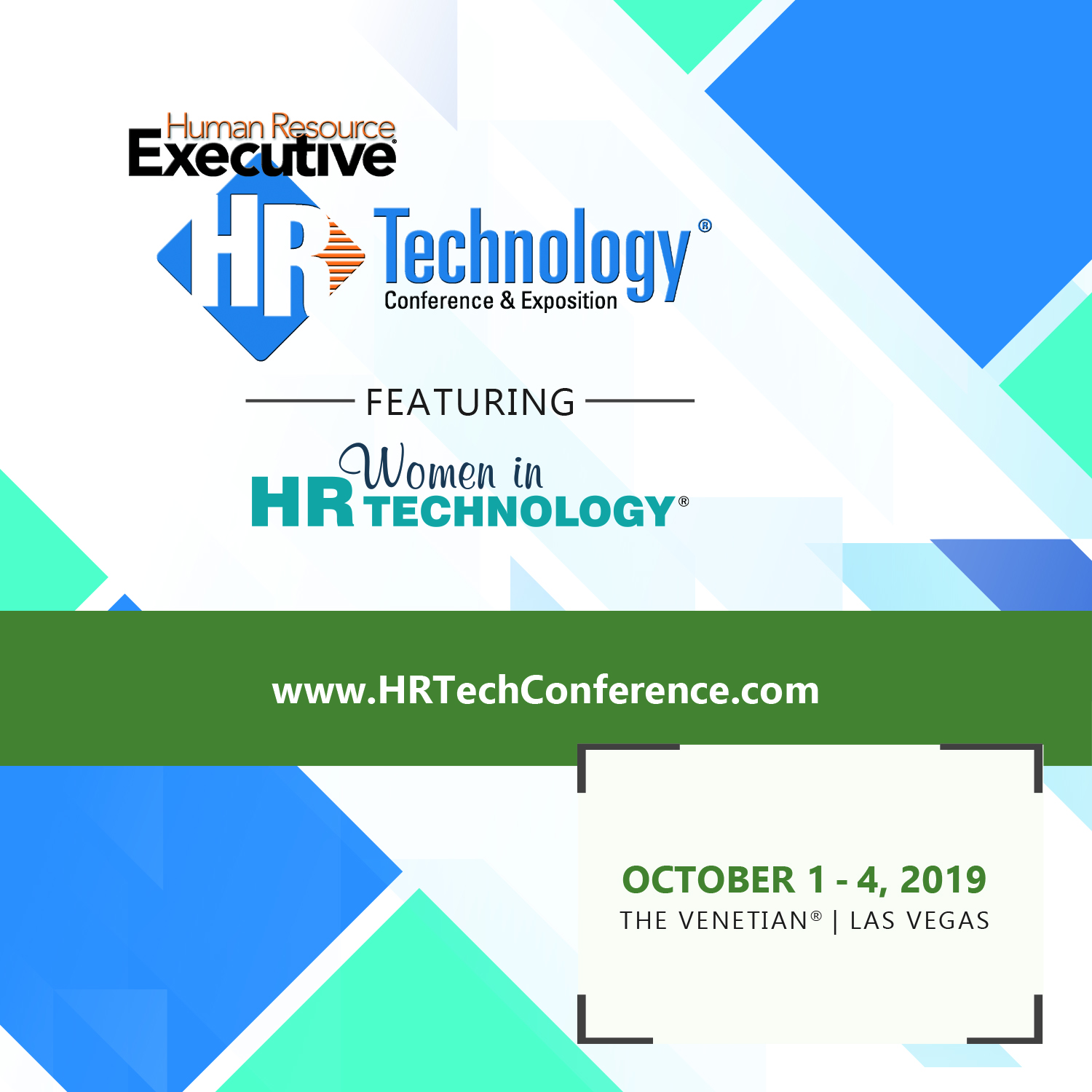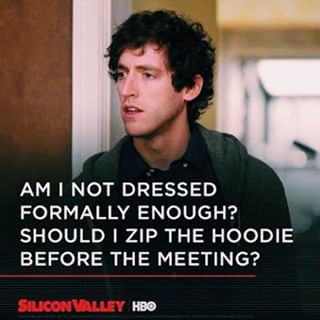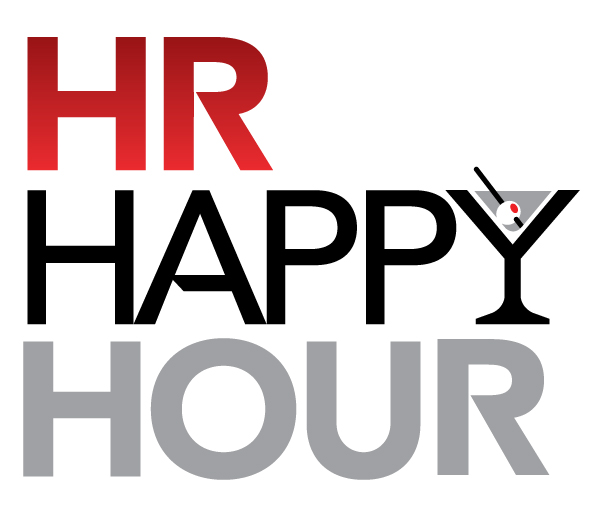Communication in a post-email world
It is no secret to long time readers of the blog, and also to some folks who have tried or are trying to get in touch with me, that I have a long-standing hatred of email. The specific reasons are not really important and the moment, a quick search of this blog archive, or even Google will provide ample ammunition for why email is terrible. But I bring it up again because of a post I came across on the blog of Forrester analyst Julie Ask, titled How Will You Communicate With Your Customers if they Don't Read Email?
Check out Ms. Ask's rundown of the various messaging apps and platforms she is currently engaging with, and the current state of unread messages in them:
A summary of my communication (or lack thereof) shows:
- 24,998 unread personal emails (okay, mostly from marketers)
- 4,937 unopened work emails
- 272 unopened SMS messages
- 45 unopened/read messages on WeChat (these are from marketers)
- 0 unread notifications from Facebook (and I average 23 per day)
- 0 unread notifications from Slack (and I average 87 per day)
The reasons and reasoning that Ms. Ask offers for this current state of (mostly) ignored emails is instructive and probably similar to what many of you, your employees, and your job candidates/prospects are finding. Namely, our email boxes (both personal and professional) are overrun, we have recently adopted more and newer messaging tools (like WhatsApp or Slack), and we elect to migrate only a small subset of our universe of contacts into these new, preferred platforms.
Check one more excerpt from the Forrester piece, and note, I am going to swap out the work 'marketer' with 'recruiter' and 'customer/consumer' with 'candidate'.
Marketers Recruiters and really anyone looking to engage with consumers candidates thought they had checked the box with gaining consumers’ candidates' trust when they gained permission to send emails. Think about how many times you’ve made a purchase online and the box to “receive additional promotional materials” is already checked for you. You have to opt out rather than opt in.
Mobile came along and changed the game. Now digital business professionals and marketers recruiters worked hard to drive app downloads. They wanted to own their mobile moments with their customers candidates on mobile phones. Each download was considered a win.
But then consumers candidates stopped opening or using the applications. Only a few marketers recruiters have realized that they have to do more. Now if Marketers recruiters want to reach consumers candidates, they have to gain consumer candidate permission to receive push notifications.
The bar keeps moving for marketers recruiters who want to reach consumers candidates on their mobile devices. Permission lies with each application. At a time of hyper-adoption when consumers candidates can switch apps in less than a minute and migrate their base of friends or colleagues in a matter of days or weeks, marketers recruiters can’t rest.
This is really good stuff from Ms. Ask, and totally relevant for any of us who are trying to capture attention in a highly-fragmented and rapidly evolving communications technology landscape.
I guess the bright side could be that no, people are not ignoring your email. They are ignoring all of their email.

 Steve
Steve


